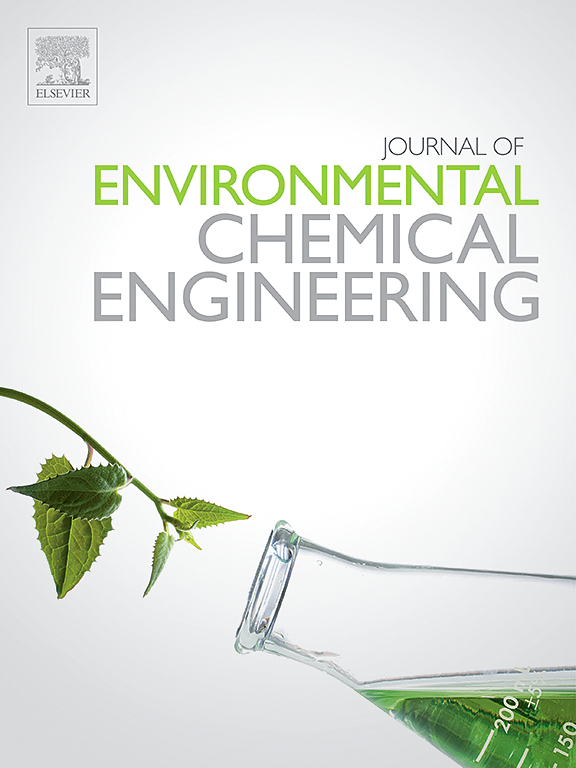Theoretical insights into the factors affecting the electrochemical performance of solid oxide electrolysis cells for CO2 reduction
IF 7.4
2区 工程技术
Q1 ENGINEERING, CHEMICAL
引用次数: 0
Abstract
To mitigate the most severe impacts of climate change, a fundamental transformation of our energy system from fossil fuels to low-carbon energy sources is imperative and essential for a sustainable future. Among the various conversion technologies, carbon dioxide (CO2) electrolysis is a promising approach for converting CO2 to energy-dense chemicals. However, the low-temperature CO2 electrolysis process is hindered by several challenges, including low energy efficiencies, poor selectivities, low catalytic activity, and stability, ultimately impacting its commercial viability. This has driven the development of high-temperature CO2 electrolysis in solid oxide electrolysis cells (SOECs), which offers enhanced carbon-oxygen bond activation, higher current densities, and improved energy efficiencies, making it a more viable alternative to low-temperature electrolysis. The present work provides a comprehensive investigation of the CO2 electrolysis process using SOEC, including a closer examination of the thermodynamic favorability of the process. We have reported novel insights into the critical roles of cathode, anode and electrolyte materials, revealing the opportunities for their enhancement and optimization. Additionally, the pressing issue of electrode degradation and reactivation strategies, as well as the degradation phenomena in the SOEC stack is discussed. Economic analysis is also incorporated to outline the techno-economic feasibility of this technology. Finally, future perspectives are included to highlight the important future considerations and provide a roadmap for this rapidly growing technology. By integrating these key aspects, the present work offers a more complete understanding of CO2 electrolysis in SOECs and identifies opportunities for future research and development.
求助全文
约1分钟内获得全文
求助全文
来源期刊

Journal of Environmental Chemical Engineering
Environmental Science-Pollution
CiteScore
11.40
自引率
6.50%
发文量
2017
审稿时长
27 days
期刊介绍:
The Journal of Environmental Chemical Engineering (JECE) serves as a platform for the dissemination of original and innovative research focusing on the advancement of environmentally-friendly, sustainable technologies. JECE emphasizes the transition towards a carbon-neutral circular economy and a self-sufficient bio-based economy. Topics covered include soil, water, wastewater, and air decontamination; pollution monitoring, prevention, and control; advanced analytics, sensors, impact and risk assessment methodologies in environmental chemical engineering; resource recovery (water, nutrients, materials, energy); industrial ecology; valorization of waste streams; waste management (including e-waste); climate-water-energy-food nexus; novel materials for environmental, chemical, and energy applications; sustainability and environmental safety; water digitalization, water data science, and machine learning; process integration and intensification; recent developments in green chemistry for synthesis, catalysis, and energy; and original research on contaminants of emerging concern, persistent chemicals, and priority substances, including microplastics, nanoplastics, nanomaterials, micropollutants, antimicrobial resistance genes, and emerging pathogens (viruses, bacteria, parasites) of environmental significance.
 求助内容:
求助内容: 应助结果提醒方式:
应助结果提醒方式:


